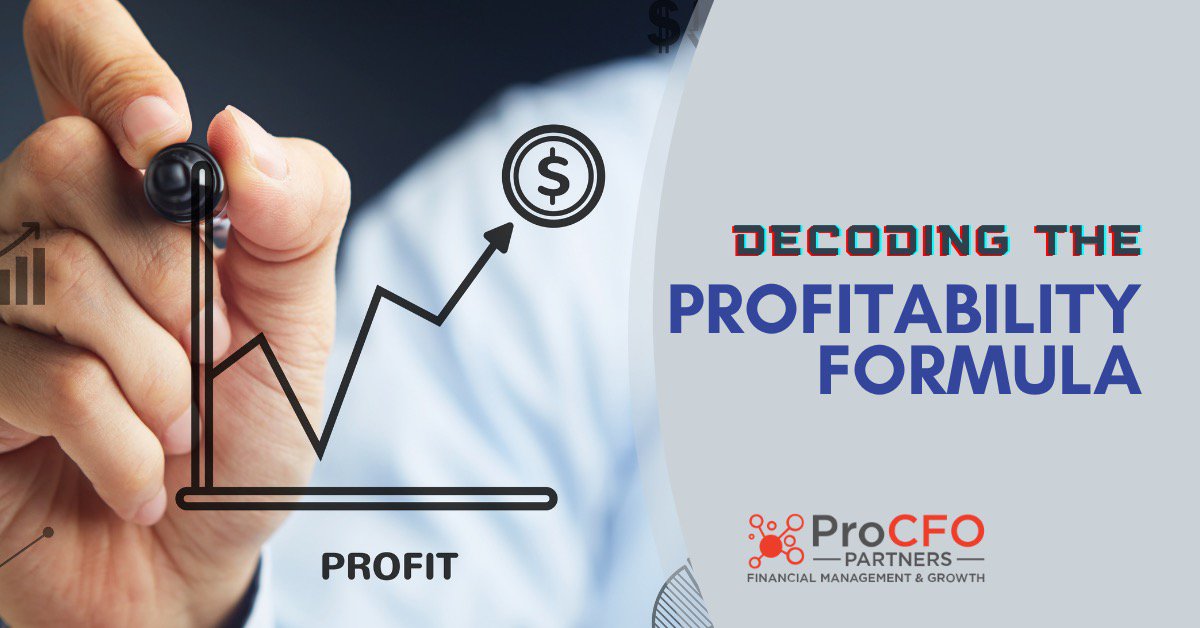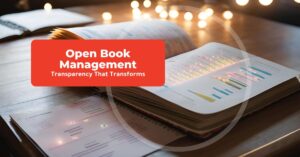Decoding the Profitability Formula
Dec 31, 2020
Profitability shouldn’t be a happy accident, and it’s also not inevitable. Becoming profitable takes planning and proactive thought. For your company to be profitable, it’s essential that, among other practices, your reporting is showing you what you need to see, when, and why.
Reporting for Profitability: How Are You Actually Doing?
The first step to planning for profitability is making sure your reporting is organized to deliver the depth and insight you need.
- What is Cost of Goods Sold (COGS)
- What are you direct variable costs
- What are sales and marketing costs
- What are overhead or more fixed costs
That last point – overhead or fixed costs – is a key to determining profitability because variable salaries, like those that are commissions based, will change as company performance changes (such as with more sales). Fixed salaries will stay the same. This is meaningful because many companies record salaries in their reporting as just a single line item or data they get from a payroll service, not understanding that profitability could be hidden in the nuances of how people are being paid. Something else to notice about the points made are they’re all about costs. Understanding your costs first is the only way to start to plan for profitability.
Understanding Your Breakeven Point
Let’s explore costs further and put them in context for profitability planning. If you deliver a service, for instance, you’ll want to understand:
- The revenue you make when you sell your service
- The costs involved in producing your service, like materials or labor. These could be fixed costs, like machinery rental, or variable costs, like raw materials.
- Your costs incurred in getting the opportunity to sell something, like sales and marketing costs. Sales commissions is another example of a variable cost.
- When you subtract your costs from revenue, what’s left over covers your overhead. Overhead expenses are the costs not involved in producing your service, like legal fees, taxes, utilities, etc.
Where your costs + overhead meet your revenue is your breakeven point. And where you have more revenue after accounting for costs and overhead, you have profit.
Understanding Revenue in the Profitability Formula
A key driver for profitability is making as much revenue as possible. Revenue is simply understood as what you make when you sell a thing, but there are many key performance indicators (KPI’s) to revenue to help you better maximize your profit potential. Indicators like:
- How many sales calls get made
- What’s the production run
- How efficient are production processes
When these indicators are moving in a positive direction, revenue growth likely follows. But many businesses don’t look at nuance and are just focused on selling stuff. Even if they become aware they’re losing money on transactions, they’ll try and make it up on volume. This often leads to a steep uphill climb to profitability. Many of these KPI’s overlap into costs as well. Improving efficiency will lower costs, as will delivering more proposals for new business as a result of more sales calls being made.
The role of the CFO
Diving deep into understanding the nuances of revenue and costs requires a special skill set, and the CFO is a familiar leader to manage that. What’s maybe less obvious is the key requirement that your CFO be able to communicate to non-finance people. Improving profitability is a company-wide, cultural phenomenon. Small decisions at critical points can create significant results. A few percent boost in production efficiency, a few more contracts signed or sales calls made. The people in your company need to understand what’s going on and how they, individually and uniquely, play an important role in profitability. Your CFO is charged with communicating the depth of reports to the CEO and leadership. They’re also charged with helping everybody in the organization, in all departments, do things that lead to profitability.
Sign Up for Our Newsletter
Get expert perspectives and actionable strategies to empower your business growth.
"(Required)" indicates required fields


